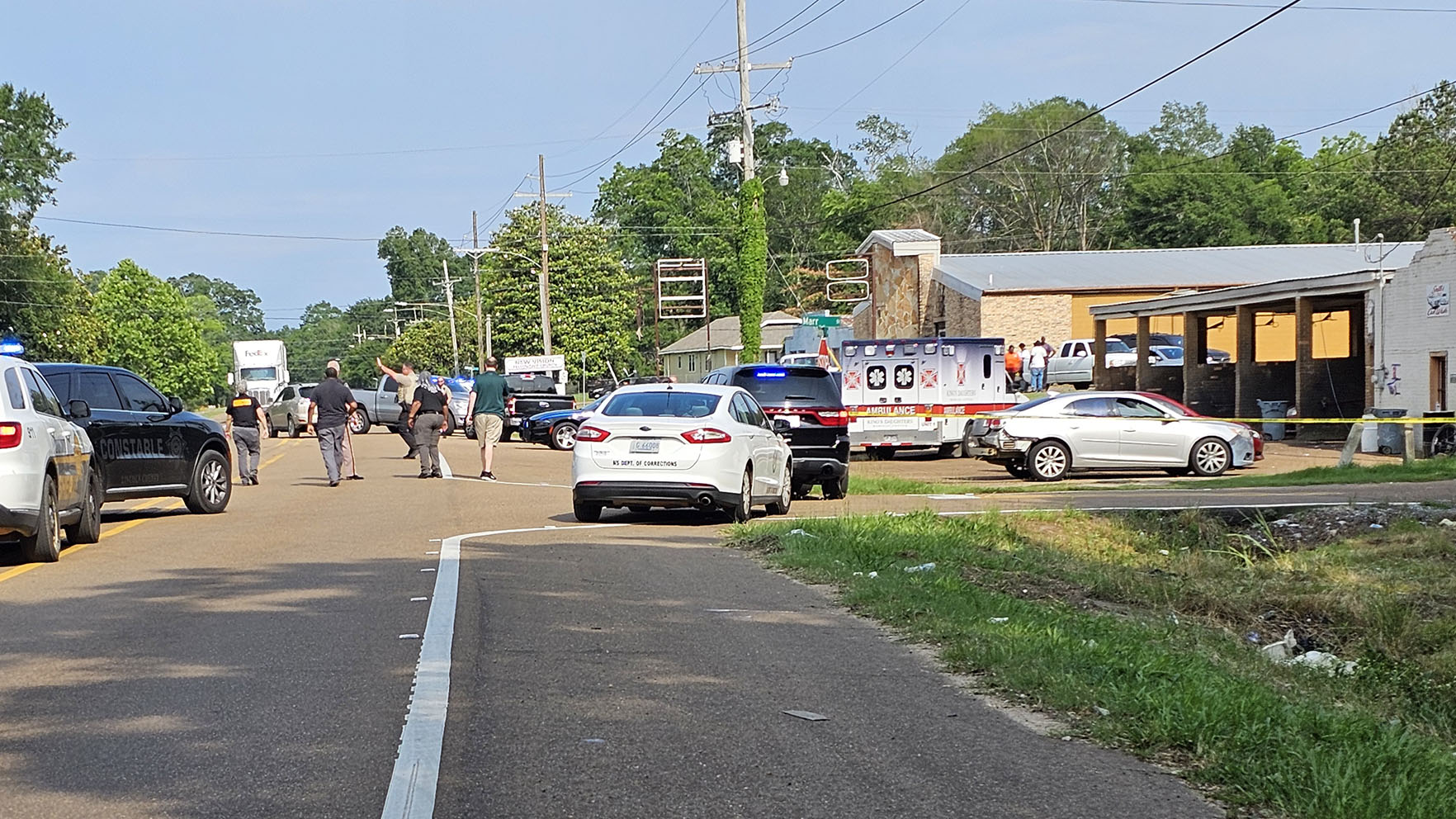Fiber could bring edge to Brookhaven
Published 7:00 am Sunday, April 19, 2015
A few miles south of downtown Brookhaven on First Street is a historical marker. It marks the location of Ole Brook – the original site of Brookhaven. Ever consider why that historical marker was not placed in downtown Brookhaven?
The one word answer is vision.
In this nation’s economic history there is one common denominator of successful communities – the proximity to dependable transportation. In the earliest days of this country it was river travel. The construction of railroads later became key to growth, then it became highways and the interstate system.
Few can argue the success of Brookhaven thanks to an old east-west Indian trail that became known as St. Stephens trail or now Highway 84; followed by the railroad; then Interstate 55. Ever consider why Brookhaven has prospered and continues to prosper while other communities on the same corridors do not?
The one word answer is leadership – visionary leadership.
While the importance of river travel, then railroad, then interstate highways determined a region’s success, some communities faltered as each mode was replaced by the next due to the desire for more speed and convenience.
Which brings us to the internet – the information super highway. No, you cannot get on it and physically ride, but you can do just about anything else on it. The progressive and prosperous communities of the future will be those who figure out how to use it to their advantage.
Several years ago Google invested millions of dollars into an experiment called Google Fiber. They wired residential neighborhoods of Kansas City with fiber optic lines. In February they announced plans to add 35 more cities. Communities around Atlanta, Nashville, Charlotte, North Carolina and Raleigh-Durham, North Carolina are among those on the list. Other cities are begging to be included – rural communities however are not in the mix.
Understanding the importance of high-speed fiber optic Internet access to Mississippi’s economy, Mississippi-born Cspire, announced its intention in 2014 to copy the Google model and invest millions of dollars into nine Mississippi communities via a competitive application process. Brookhaven missed the cut but behind the scenes efforts last July got the city on the list. Plans for an announcement were set for late September, it all unraveled however, when Brookhaven’s Board of Aldermen suddenly declined to sign the agreement – an agreement very similar to the one Kansas City signed with Google and the same one nine cities in Mississippi signed with Cspire.
Today, homeowners in Quitman and Starkville are wired and running. Residential neighborhoods in Corinth, Ridgeland and Madison are expected to be online in the near future. In the world of economic development and industrial recruitment these Mississippi communities have an edge over Brookhaven and Lincoln County. Frankly, they have an edge over thousands of small communities nationwide!
So why is the Ole Brook historical marker not located in downtown Brookhaven? Samuel Jayne, the founder of Brookhaven, did not want the railroad to run through his growing settlement. Milton Whitworth saw an opportunity and purchased the land that is now downtown Brookhaven. He signed an agreement with the railroad. As Brookhaven grew, he founded a college that is now the Mississippi School of the Arts. Many of those original downtown buildings also still stand today.
Milton Whitworth’s visionary leadership in the 1850s set the stage for the community we have today.
The question we have before us, is how important the information highway is to those who need ultra high speed access and how will that impact the future of Brookhaven and Lincoln County going forward?
Bill Jacobs is a former chairman of the Industrial Development Foundation





